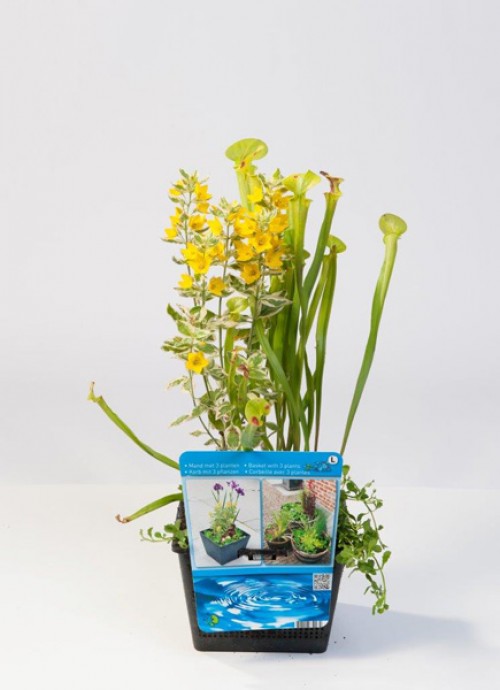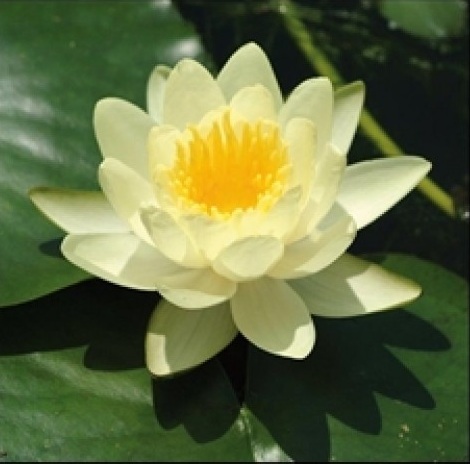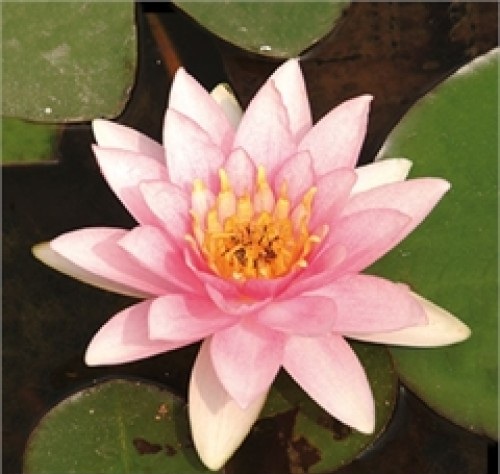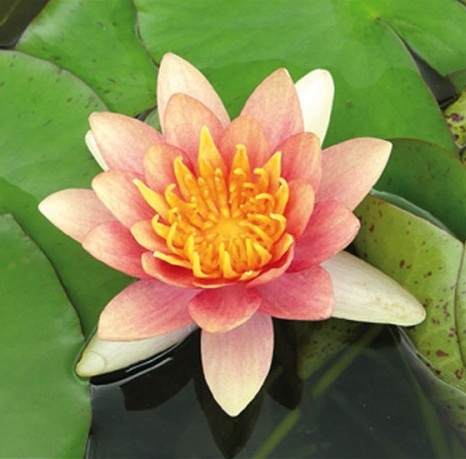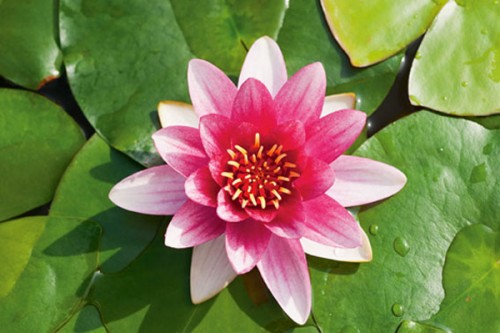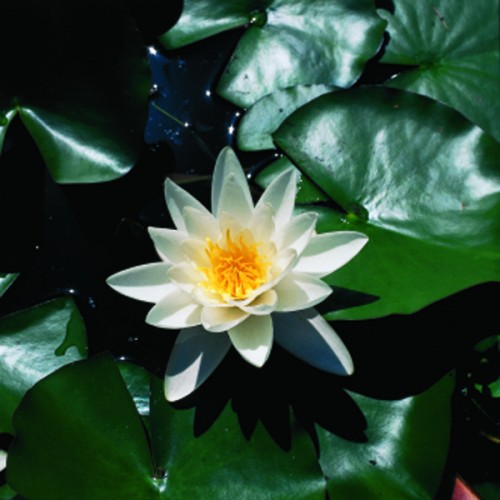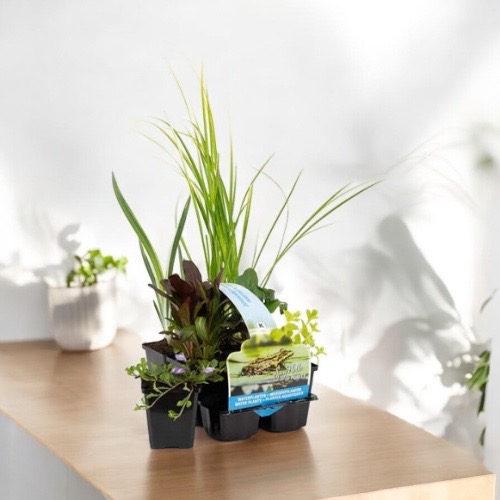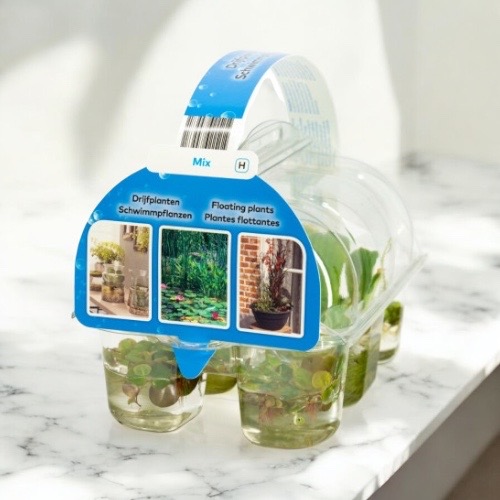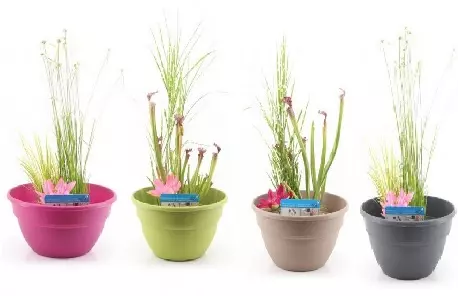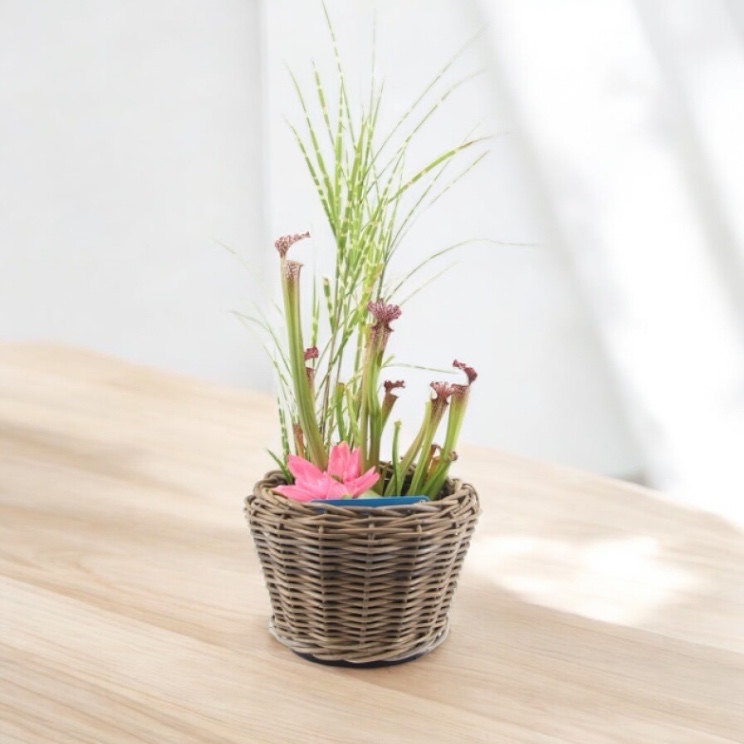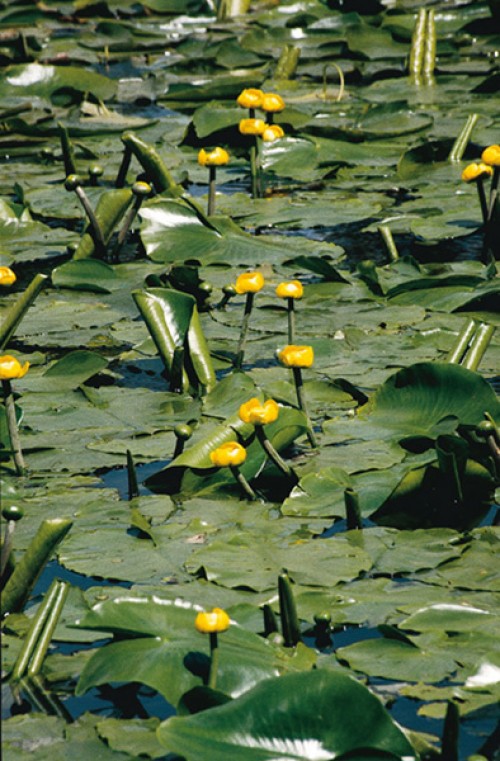Product information "Lysimachia Nummularia"
Lysimachia Nummularia is a second level aquarium plant that does well in emersed (above water) form. Easy to grow and tolerant of requirements.
- Difficult to grow: moderately demanding
- Light requirements: medium
- CO₂ requirements: medium
- Outgrown plant height: up to 60 cm
- Growth: fast
- Temperature: 15-26 °
- Placement in aquarium: Second level
- Origin: Europe
- Cup diameter: 6 cm
Lysimachia Nummularia (Sedentary Lysimachia), is an aquatic plant that spreads easily on the bottom when it inhabits the banks of ponds and pools. It has a weakly branched structure. The roots grow in clumps or singly near the round, heart-shaped leaves. If well cared for and not pruned, it can bloom above the surface of the aquarium with yellow flowers.
It grows quickly if you provide it with a loamy, sandy substrate along with good light and provide it with enough CO₂ gas fertilizer. Low temperatures don't bother her, but at higher temperatures her growth accelerates considerably, so she can be difficult to control. It prefers soft and slightly acidic water in the aquarium. It feels comfortable at a pH of 6-8.
In order to have distinctive, heart-shaped leaves with an intense green color, it requires lots of nitrogen. A nitrogen deficiency will cause the plant to restrict its growth and not climb as much. It is therefore advisable to fertilize it regularly with nitrogenous products and to plant it in aquariums with lots of fish. The hedgehog tree generally grows vertically, without forming too many branches.
It grows well in an aquarium with tropical fish, but also in cold biotopes of European waters or on the banks of ponds.
Propagation is very simple: just cut the top shoot of the plant and plant it in the substrate, where it will take root. You will achieve the best decorative effect if you plant the plant in small groups of 15-20 specimens. If the shoots are not cut off when it reaches the water table, the plant will continue to grow into an emerse form.
Its green-yellow color stands out well against other plants in the aquarium. Lysimachia does well in a hydroponic filter, from which it grows out and forms a green waterfall of leaves that flows into the aquarium. It can also be used in humid terrariums, paludariums or gardens. In a well-lit and regularly sprayed "garden in a jar", it also pleases our eyes with its delicate appearance and rich green color.
Planting: The plant must be removed from the cup and thoroughly rinsed from the gel under running water. This is best done by placing the plant in a container of lukewarm water. Most of the gel will then fall off by itself. Divide the contents of the cup into 3-4 cm lumps and then place them in the substrate.
.

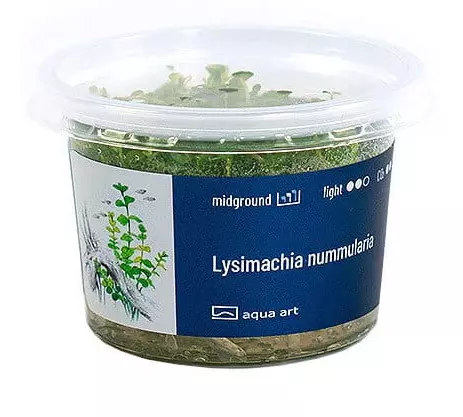









.jpg)
